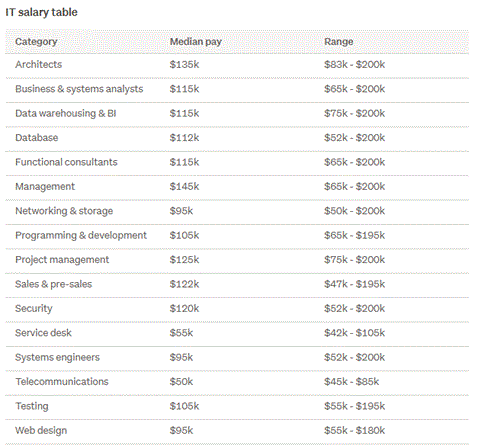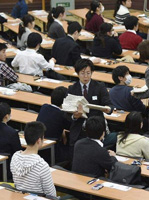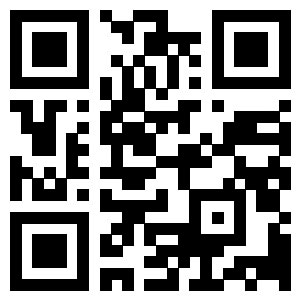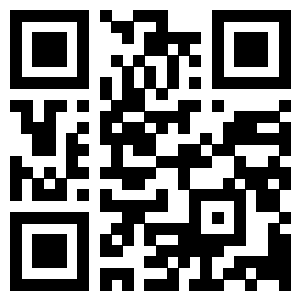新东方名师推荐:四六级优秀范文背诵(24)
2021-10-11 19:45:28 · 作者:编辑部
新东方英语四六级作文栏目:为您提供2021年12月大学英语四级作文范文、英语四级作文模板万能句型、英语四级作文题目、英语四级作文常用句型、英语四级作文万能句子等相关信息供大家参考学习。
最后冲刺
★ 2010年四六级备考手册:听力篇(更新中…)
★ 2010年四六级备考手册:阅读篇(更新中…)
★ 2010年四六级备考手册:写作篇(更新中…)
考前必备
★ 四级写作高分工具:新概念3常见词汇句法
★ 名师指导6月六级最后冲刺备考方法
★ 四六级名师传授绝技:5个词拿下快速阅读
★ 2010年6月六级听力考试场景词汇精要
★ 六级听力长对话短期突破:从真题入手
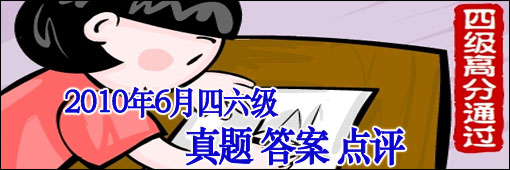
2010年6月四六级考试真题答案点评汇总
24.Piano
The ancestry of the piano can be traced to the early keyboard instruments of the fifteenth and sixteenth centuries --- the spinet, the dulcimer, and the virginal. In the seventeenth century the organ, the clavichord, and the harpsichord became the chief instruments of the keyboard group, a supremacy they maintained until the piano supplanted them at the end of the eighteenth century. The clavichord’s tone was metallic and never powerful; nevertheless, because of the variety of tone possible to it, many composers found the clavichord a sympathetic instrument for intimate chamber music. The harpsichord with its bright, vigorous tone was the favorite instrument for supporting the bass of the small orchestra of the period and for concert use, but the character of the tone could not be varied save by mechanical or structural devices.
The piano was perfected in the early eighteenth century by a harpsichord maker in Italy (though musicologists point out several previous instances of the instrument). This instrument was called a piano e forte (sort and loud), to indicate its dynamic versatility; its strings were struck by a recoiling hammer with a felt-padded head. The wires were much heavier in the earlier instruments. A series of mechanical improvements continuing well into the nineteenth century, including the introduction of pedals to sustain tone or to soften it, the perfection of a metal frame, and steel wire of the finest quality, finally produced an instrument capable of myriad tonal effects from the most delicate harmonies to an almost orchestral fullness of sound, from a liquid, singing tone to a sharp, percussive brilliance.
NOTE:
Musical Instruments
1.The strings (弦乐)
1) plectrum: harp, lute, guitar, mandolin;
2) keyboard: clavichord, harpsichord, piano;
3) bow: violin, viola, cello, double bass.
2. The Wood(木管)—winds : piccolo, flute, oboe, clarinet, bassoon, English horn;
3. the brass(铜管): French horn, trumpet, trombone, cornet, tuba, bugle, saxophone;
4.the percussion(打击组): kettle drum, bass drum, snare drum, castanet, xylophone, celesta, cymbal, tambourine.

四级历年真题(2001-2009)
2001年1月 | 2001年6月 | 2002年1月 | 2002年6月 | 2003年1月 |
2003年6月 | 2003年9月 | 2004年1月 | 2004年6月 | 2005年1月 |
2005年6月 | 2005年12月 | 2006年6月 | 2006年12月 | 2007年6月 |
2007年12月 | 2008年6月 | 2008年12月 | 2009年6月 | 2009年12月 |
六级历年真题(2001-2009)
2001年1月 | 2001年6月 | 2002年1月 | 2002年6月 | 2003年1月 |
2003年6月 | 2003年9月 | 2004年1月 | 2004年6月 | 2005年1月 |
2005年6月 | 2005年12月 | 2006年6月 | 2006年12月 | 2007年6月 |
2007年12月 | 2008年6月 | 2008年12月 | 2009年6月 | 2009年12月 |
【本文为找大学网转载,文章版权归原作者及原出处所有。文章系作者个人观点,不代表大学生在线立场,转载请联系原作者及原出处获得授权。有任何疑问都请联系(kf@zhaodaxue.cn)】
- 相关阅读
TOPS
- 日排行/
- 周排行/
- 原创
- 日排行/
- 周排行/
- 原创
- 1 无锡学院2022年6月英语六级准考证打印入口|时间:6月1日
- 2 2022年6月英语四级作文热门话题及范文:教育不公平
- 3 泰州学院2022年6月英语六级准考证打印入口|时间:6月1日
- 4 吉林四级考试时间2022年上半年
- 5 2022年6月英语四级作文热门话题及范文:网络游戏
- 6 宿迁学院2022年6月英语六级准考证打印入口|时间:6月1日
- 7 2022年6月英语四级作文热门话题及范文:电力短缺
- 8 苏州城市学院2022年6月英语六级准考证打印入口|时间:6月1日
- 9 2022年6月英语四级作文热门话题及范文:手机的利弊
- 10 常熟理工学院2022年6月英语六级准考证打印入口|时间:6月1日

